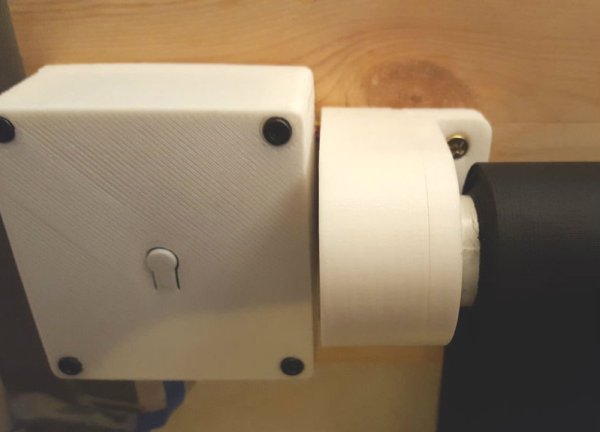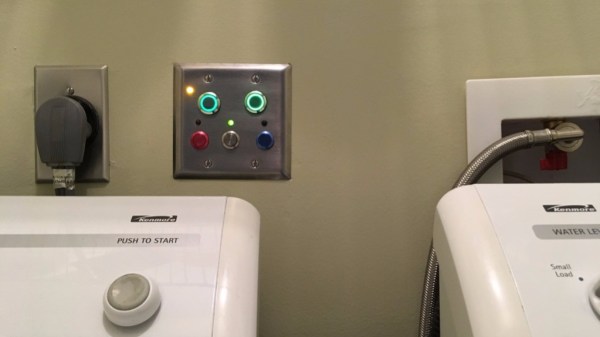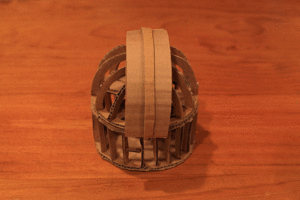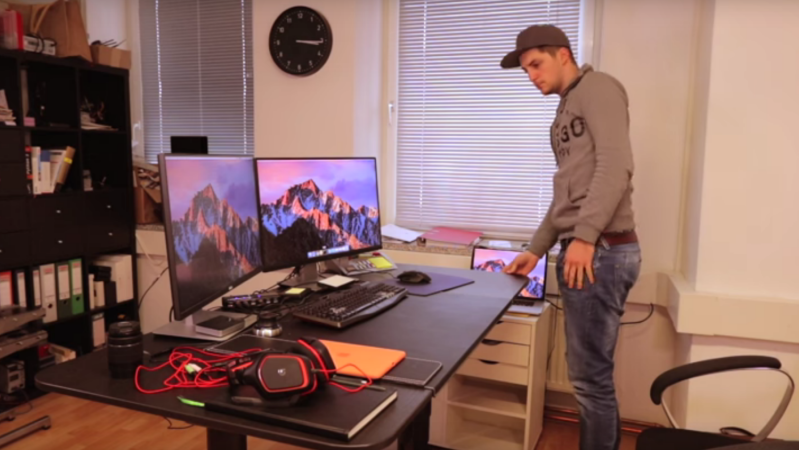No matter what the project is about, we’re always suckers for nicely integrated builds with good fit and finish. There’s a certain appeal to rat’s nest wiring on a breadboard, and such projects are valuable because they push the limits. But eventually you need to go from prototype to product, and that’s where this IKEA window shade automation project shines.
Integration is more than just putting everything in a nice box, especially for home automation gear – it really needs to blend. [ehsmaes] roller blind motorization project accomplishes that nicely with a 3D-printed case for the electronics, as well as a custom case for the geared stepper motor to drive the shade. The drive replaces the standard spring-loaded cap on the end of the IKEA Tupplur shade, and the neutral color of both cases blends nicely with the shade and surroundings. The control electronics include a NodeMCU and a motor shield; [eshmaes] warns that narrow shades work just fine off of USB power, but that wider windows will need a power boost. The IoT end of things is taken care of by MQTT and OpenHab, allowing the shades to be raised and lowered to any position. The short video below shows the calibration procedure for the shade.
Need a primer on MQTT? We’ve got you covered. Or perhaps you need to control the windows rather than the treatments.
Continue reading “Custom Parts Put IKEA Window Shades On IoT”





 His design started with a cardboard model, and has a downstairs room upon which sits a rotatable dome with two sliding sections to form the observation window. The original observatory’s concrete pillar on which the telescope mount stood remained post-demolition, and a larger concrete pad was laid. There followed the assembly of a steel frame with a skeletal dome able to rotate on rollers, followed by cladding with steel sheet. The dome cladding was done in segments marked against the dome steelwork and cut to shape.
His design started with a cardboard model, and has a downstairs room upon which sits a rotatable dome with two sliding sections to form the observation window. The original observatory’s concrete pillar on which the telescope mount stood remained post-demolition, and a larger concrete pad was laid. There followed the assembly of a steel frame with a skeletal dome able to rotate on rollers, followed by cladding with steel sheet. The dome cladding was done in segments marked against the dome steelwork and cut to shape.











